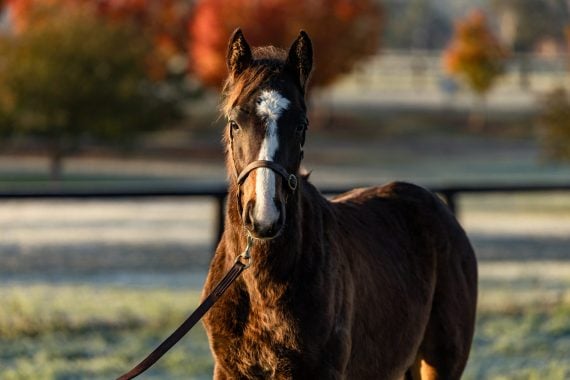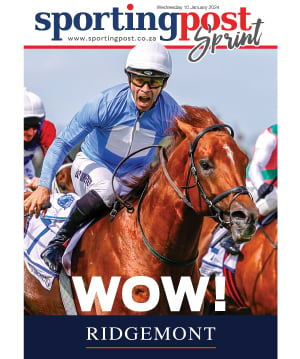In my earlier post on using Machine Learning for Yearling Selection I mentioned that we looked at both the service fee that the stallion was at the time the yearling was conceived as well as the time that the yearling went through the sale (or the year prior as most fees are set in October the year before).
We found that the service fee at Sale Year, that is the fee set in the October before the yearlings sold (or in the case of Australia/New Zealand the May before the yearlings sold the following year), was a pretty good barometer of the stallions overall performance at that point in time. The market tells you when a stallion is not getting it done and the service fee of the stallion is a pretty good way to “group” stallions of like genetic merit together. Once they get runners, their level is found.
I thought I would look at this relationship to see how strong the pricing model was, that is, the relationship between Service Fee and Yearling Average. I took the list of the top 70 stallions standing in Australia by Service Fee in 2013 that had yearlings sell in 2014. If we take a look at the relationship between Service Fee and Yearling Sale Average we can see that it is a reasonably strong (r2 = 0.7546).
To make it scale properly we converted the Service Fees and Yearling Averages to natural log numbers for each of these variables. The average service fee for the 70 stallions was close to $33,000 and if we use the linear equation this results in a projected Yearling average of $91,161. Of the four stallions that stood at $33,000 their yearling averages were – Bel Esprit ($65,079) Bernardini ($93,833), Not a Single Doubt (106,470) and Wanted (84,719). That tells us that yearlings by Bel Esprit were probably pretty good value buying this year while the market may have overpaid for yearlings by Not a Single Doubt.
It is interesting to actually look at these four stallions themselves. Between the four of them in 2014 (to date) they have sold 175 yearlings at an average price of $94,221 (not far from our projected average of $91,161). When you look at the standard deviation of these yearlings it is $70,039 which is probably a pretty good number to use as a rule of thumb for yearling valuations…
An Average Yearling by a $33,000 Stallion = $91,161
A Below Average Type/Bad Vetting by a $33,000 stallion = between $21,000 and $91,000 (one standard deviation below)
An Above Average Type/Good Vetting by a $33,000 stallion = between $91,000 and $161,000 (one standard deviation above)
An Exceptional Type by a $33,000 stallion = greater than $161,000.
A wipeout of a yearling by a $33,000 stallion = less than $21,000.
If we look at the 175 yearlings:
24 (14%) sold for more than $161,000
41 (23%) sold between $91,000 and $161,000
96 (55%) sold between $21,000 and $91,000
14 (8%) sold for less than $21,000
There is a bit of skew to the sales prices (1.56) and of course these values and deviations are going to change depending on the service fee however it is probably a pretty good guide to what to expect to pay. Probably worthwhile looking at it in bands of stallions service fees and then also look at where the results have come from…(future post).
What it also tells us is that because we know there is a strong relationship between the service fee set the year before the yearlings sell, and their sale average and we also know that there is a relationship between the service fee and the overall merit of the stallion, we will find that there are cases like Bel Esprit above, where the market makes an error and yearlings by particular stallions represent outstanding value.
– Byron Rogers (www.performancegenetics.com)








